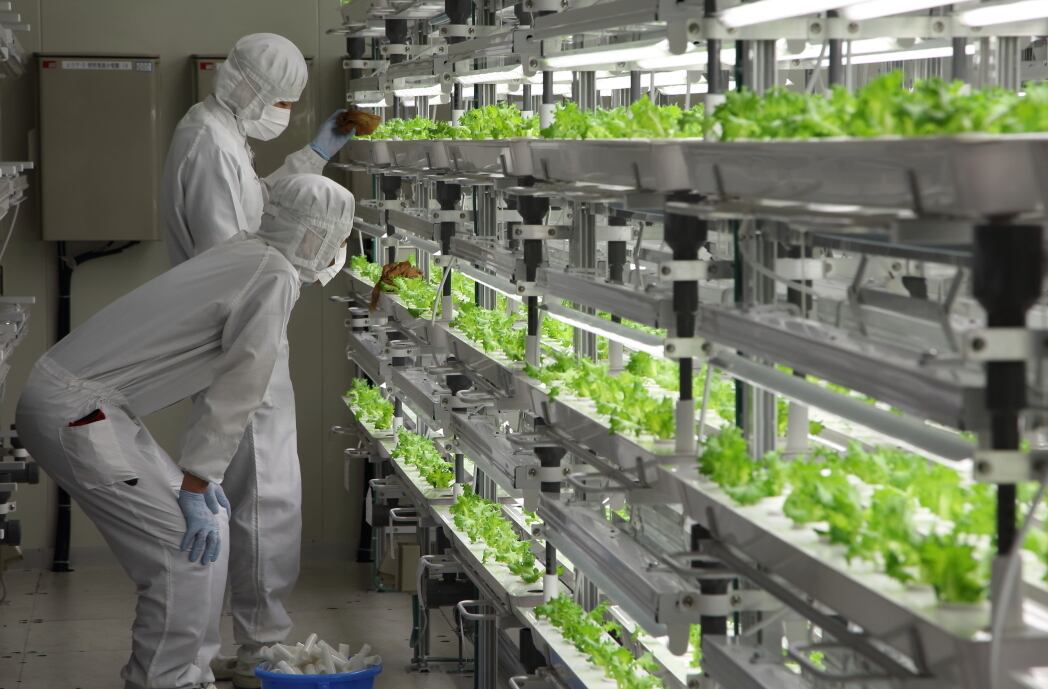With Brazil and California experiencing severe droughts and the UN predicting a 40% water shortfall in just 15 years, climate change is going to hit the food industry – the most water-intensive industry on earth – hard.
Superdry superfoods
One result would be emerging flavour trends in line with concerns for climate change – replacing water-thirsty ingredients to similar ones that are drought-resistant or less water-intensive, said Mintel analyst Stephanie Mattucci speaking this week at IFT.
Peanut milk would emerge as a rival to almond milk, for instance, as 90% of the world’s almond supply is currently grown in drought-stricken California leaving them in short supply.
As well as having a good nutritional profile in terms of vitamins, minerals and protein – peanut milk packs 8 g protein per serving compared with 1 g for almond milk – peanut crops are self-pollinating meaning they are not affected by the massive drop in the bee population. Over 1.5 million bee colonies have to be shipped into California during the almond blossom to ensure a good harvest.

Interest in Camel milk is also growing beyond the traditional markets in the Middle East and North Africa. Camel Dairy Farm Smits is a Dutch dairy farm with camels – currently the only one in Europe – which exports to the UK, Belgium, Germany, Austria and Sweden while Danish company Chr Hansen has developed a recipe for camel cheese, including one it calls Camelbert.
Native desert crops such as prickly pears, which have been investigated by the FAO as a food and feed source, could be used in various applications and are already on the US market in ice cream sorbet and beer.
Cactus chips are popular snack in Mexico and although they haven't been spotted on other markets, Mattucci said they could have potential.
“Some of these ideas seem far-fetched but changing weather patterns will [create] a need for companies to become concerned,” she said.
Meanwhile Laurie Scanlin, product developer who works with Andean Naturals, said that quinoa's resistance to dry conditions and salty soil made it an ideal crop for harsh climates.
“Quinoa is drought-tolerant so it’s a very useful crop not just for Bolivia or Peru but also Africa, Asia and India. There are currently 25 countries in test plots and they are going well,” she told an audience at IFT.
Technical innovation
High-tech, indoor cultivation techniques will also allow producers to overcome unpredictable weather conditions and companies from outside the food industry are already turning their expertise to the food and drinks industry. Japanese electronics firm Fujitsu now has indoor lettuce-growing plants while some microalgae are grown in closed cultivation tanks that are controlled by a centralised computer system.

Mattucci said that companies could look at Australia and Israel for an example of good water policies. Desalinated water is expected to provide 70% of potable water by 2050 – currently at 35% – while Australia has high levels of grey water recycling.
Nestle set a good industry standard with its Cero Agua (‘Zero water’) plant in Mexico which uses water from milk to manufacture powdered milk rather than extracting water, while Finnish food company Raisio has added a water footprint logo to its products, and its Elovena oats reduce water usage by using steam in the production process.
“It’s not only important to conserve water for the environment but also for a company’s image.
“Communication of water efforts will resonate well with consumers especially in drought-hit areas,” said Mattucci.
